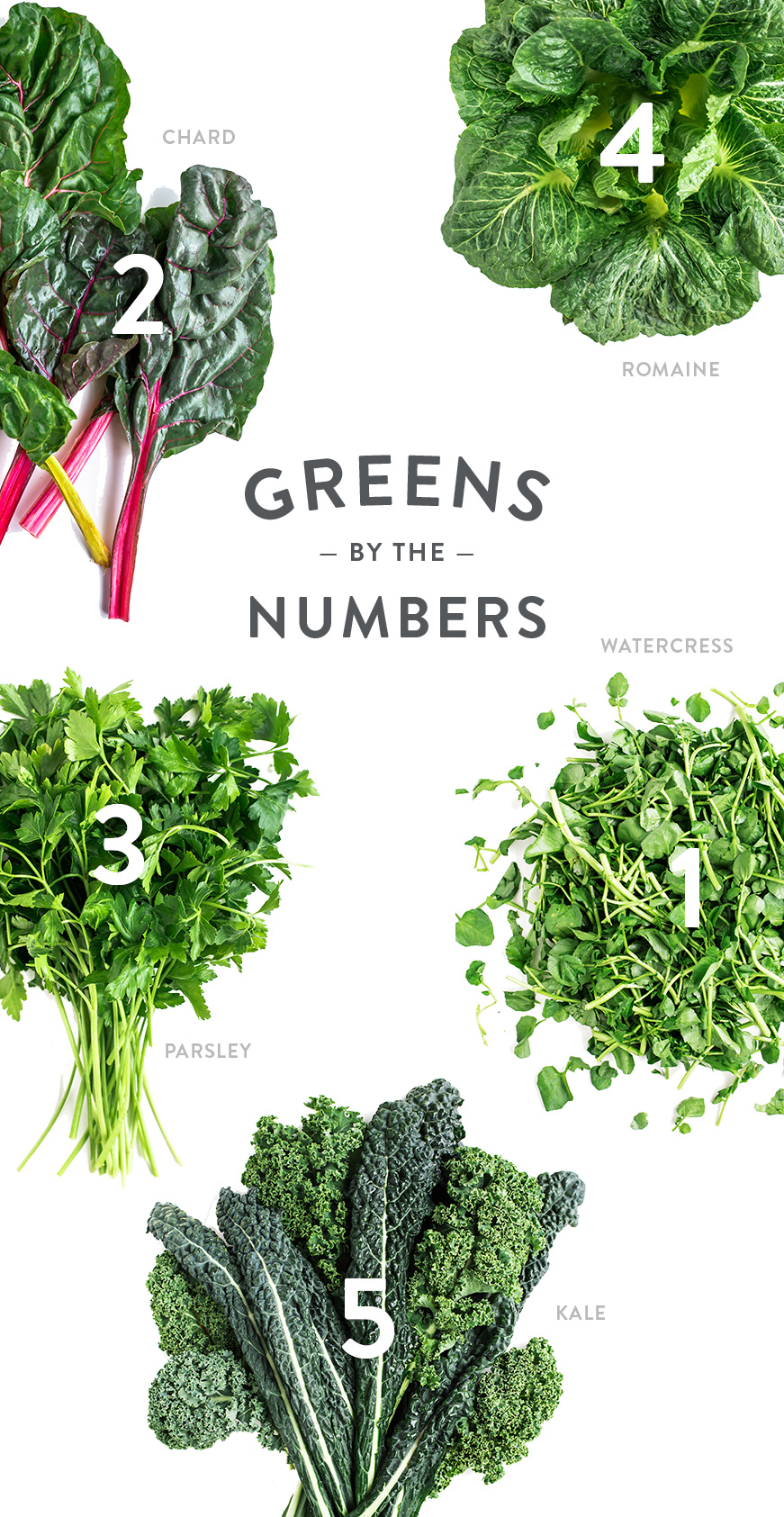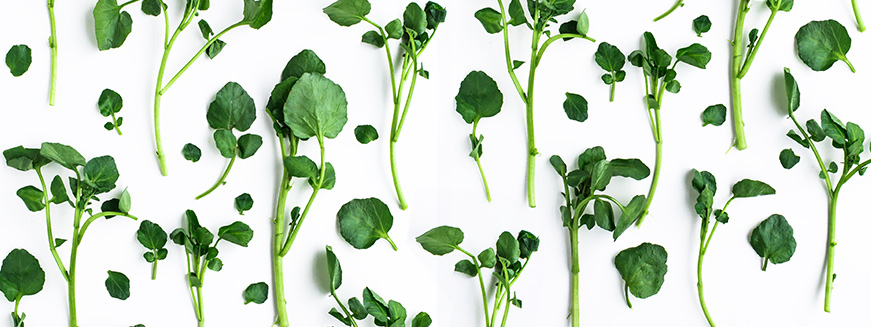The Fresh Blog
Lifestyle, Health, Nutrition & Inspiration from Luvo
Greens by the Numbers
It’s the familiar mantra of moms and dads everywhere: “Eat your greens!” But anyone who has shopped for produce knows that greens come in many shapes and shades, with an almost infinite array of textures and flavours to choose from. Which greens are best for your body? Do they all have the same nutritional benefits? The same mix of minerals and vitamins? The answers to these questions, it turns out, will shock and delight you.
Who doesn’t love a big plate of lettuce for a healthy, refreshing meal? When you’re picking your leafy greens, it helps to know which ones pack the most nutritional punch. Fortunately, the Center for Disease Control has researched this very thing. They came up with a list of 41 powerhouse fruits and vegetables that provide 10% or more of the daily recommended value of 17 qualifying nutrients in 100 grams of the food. Then they ranked the foods according to their overall nutrient density. No surprise: there were many greens near the top of the list. Here are a few highlights.
Watercress
The top-ranked food in the study was watercress. It has a nutrient density score of 100, which is the highest you can get. Watercress provides significant amounts of vitamins K, A and C as well as calcium, manganese and many other minerals. Bonus fact: It’s a member of the cruciferous family, along with broccoli and cauliflower, not the leafy green gang. It has a slightly bitter flavor that works well on pizza or in salads.
Chard
Chard also gets high marks for health. It scored third on the CDC study, with a nutrient density of 89.27. It is strong in vitamins C and K, beta-carotene, magnesium, iron, and more. It’s great because you can separate the stalk from the leaf and get two distinct textures from one virtuous vegetable.
Parsley
Yes, parsley—the herb that’s often slipped on your plate as an ornamental afterthought. Turns out it’s pretty good for you. With a nutrient density score of 65.59, it scores higher than both romaine lettuce and kale. Chop up some tabbouleh, blend a batch of English pesto, or just munch on a parsley and assorted greens salad. Many options.
Romaine Lettuce
It’s so ubiquitous that it’s often taken for granted, but romaine lettuce scores very high in nutrient density, with a rating of 63.48, good for ninth place. The big surprise here is that romaine scores higher than its archrival kale, which everyone thinks of as the most super of superfoods. But romaine has nothing to be shy about. It’s great as a foundation for salads, and contains lots of vitamin K, A, C, folic acid, iron and dietary fiber.
Kale
Finally, we have arrived at kale. Let’s put it in perspective: kale still ranks 15th on the most nutrient-dense fruits and vegetables, with a score of 49.07. It’s packed with vitamins K, A, C and E, calcium, potassium, iron and more. So if you’re eating kale by the bunches, you’re eating well.
Looking to sneak spinach into your Lasagna? Look no further, as Luvo’s Turkey Vegetable Lasagna is chock-full of tasty leafy greens.



